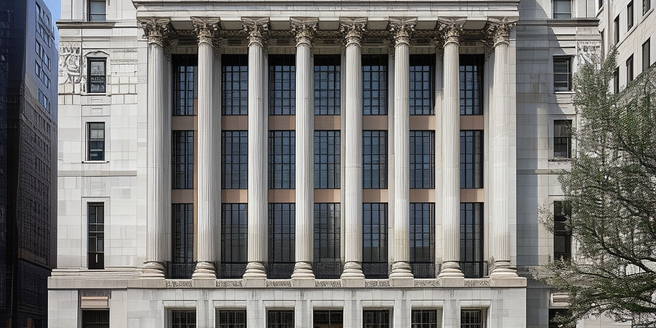
Understanding Multi-district Litigation: An Introduction
Multi-district litigation (MDL) is a complex legal sector dealing with federal civil suits originating from various judicial districts. This distinctive facet of the US judicial system tackles the unique challenges often accompanying such cases, which primarily concern individuals affected by the same issue across different districts. These cases are commonly linked with widespread damage or harm impacting many individuals due to identical or similar circumstances like defective products or harmful drug side effects.
MDL is designed to judiciously manage resources, optimizing court usage by consolidating similar lawsuits and avoiding repetitive discovery. This system also aims to promote consistent rulings across all related suits, preventing contradictory verdicts from different courts handling the same issues. Therefore, the MDL process serves not only to conserve resources and avoid redundancy but also to ensure fairness and consistency for all parties involved in the cases. In summary, multi-district litigation ensures a more streamlined, fair, and efficient approach to managing similar, distributed lawsuits.
Key Factors that Influence Successful Multi-District Litigations
The success of Multidistrict Litigation (MDL) pivots on elements like careful case selection, proficient leadership, experiences litigators’ insights, and thorough preparation involving a deep understanding of case facts and extensive research. It’s an intricate process, but one that lays the foundation for MDL success. Equally critical is the coordination with all stakeholders, enhancing the effectiveness of the process when fostering confidence, collaboration, and working for a favourable client outcome. Lastly, the implementation of efficient administrative processes significantly boosts positive MDL outcomes due to optimal workflow, fewer errors, and quickened processes from effective document organization and general case management.
A Look at Winning Multi-District Litigation Case Studies
Multidistrict Litigation (MDL) has resolved numerous high-profile cases, showcasing the effectiveness of well-coordinated litigation strategies. A standout example is the litigation following the Deepwater Horizon oil spill, an environmental disaster requiring aggressive, resourceful litigation. The success of this litigation was due to a well-coordinated strategy, crucial in aligning the variables of this complex case and guiding it to a favorable outcome. Strong leadership also played a key role, clearing the path to resolution and managing this enormous case. Efficiency was increased through the utilization of technology, crucial in managing the colossal workload. Multidistrict litigation has proved its worth in resolving complex cases, with the success depending on a well-coordinated strategy, strong leadership, and the effective use of technology. These elements validate the significance of MDL.
Devising an Effective Multi-District Litigation Strategy
Managing multi-district litigations (MDL) requires exceptional planning and execution. The comprehensive plan should involve knowledgeable legal counsel with experience in handling MDL cases, who can guide through the legal complications for successful outcomes. Attention needs to be paid to structuring an efficient and result-oriented discovery process that can manage and coordinate large amounts of case-relevant information. Clear communication among parties ensures smoother case advancement, preventing miscommunication, and fostering a cohesive legal strategy. It’s crucial to understand the unique complexities and nuances of the case, as they can significantly affect the outcome. In conclusion, an effective MDL strategy is built on careful planning and execution, proficient legal counsel, well-structured discovery processes, transparent communication, and a firm grasp of the case’s nuances contributing to successful complex, multi-district litigation management.
The Role of Technology in Streamlining Multi-District Litigation
Technology’s integration into the MDL (Multidistrict Litigation) process has reshaped this field, making it a far more efficient system. It has improved procedures and achieved significant strides in time-saving, cost reduction, and ensuring consistency. It offers simple and manageable storage and retrieval methods for case files, thus reduces physical storage space and loss risks, which increases document longevity. Beyond storage, technology allows efficient tracking of ongoing proceedings and extraction of relevant data and information, reducing time spent on research. This capability enables comprehensive data analysis for informed decision making, enhancing the speed and efficiency of the MDL process. Additionally, it has boosted the security of communication channels essential for sensitive data transfer, fostering a safe environment while advancing transparency in MDL proceedings. Overall, technology’s fusion into the MDL process improves reliability, efficiency, and results in significant time and cost savings.
Future Trends in Multi-District Litigation Strategies
The increasing number and sophistication of Multidistrict Litigations (MDLs) require greater innovation in legal tech solutions, with advances in technology playing a transformative role in making processes more streamlined and efficient. Innovations such as AI and predictive analytics, powered by data and machine learning, offer a smarter approach to handling MDL cases by simplifying complexities and facilitating evidence-based strategic decisions. Ultimately, emerging tech-driven solutions are transforming MDLs into more manageable tasks.
